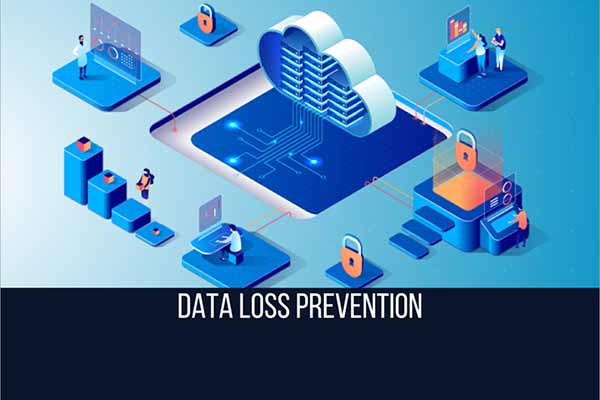Faced with the dual challenge of data protection and compliance, businesses have begun to invest heavily in data protection strategies, but they frequently choose to focus on foreign threats. While external threats are important to study, the many recent developments clearly indicate human error and system glitches to be the growing reason for Data breaches.
Employee negligence can easily compromise data security: an email sent to the wrong address, a USB left in a public place, or files too large for an email attachment transferred through third-party services with poor security practices. So, what can businesses do to ensure that their data is safe from both outsiders and insiders? Let’s understand the five steps to successfully implementing a Data Loss Prevention (DLP) program.
1. Conduct data auditing
Every good data protection strategy is built on data auditing. The reason is obvious: before businesses can begin protecting their data, they must first understand what type of personal information they collect, where it is stored, and how it is used. Companies can discover vulnerabilities in their data flows and make informed decisions when developing data protection strategies by locating and monitoring sensitive data. Enterprises can save money by addressing identified risks and implementing solutions that are tailored to the vulnerabilities data faces within their network. Data monitoring can also assist businesses in identifying poor data security practices among employees, allowing them to develop more effective targeted training.
2. Implement a DLP solution that is cross-platform.
Many company networks are no longer running on a single operating system due to the growing popularity of Bring Your Device (BYOD) and Choose Your Device (CYOD) policies. macOS and Linux are catching up to Windows, and organizations should not overlook them when selecting DLP tools. After all, while macOS and Linux-powered devices may be considered less vulnerable to external attack due to their architecture, the human error affects them all equally. Cross-platform DLP software provides feature parity between Windows, macOS, and Linux, ensuring that sensitive data is protected at the same level regardless of the operating system on which a computer is running. It also enables control of all endpoints on the company network from the same dashboard.
3. Set up a DLP remote work policy.
The COVID-19 pandemic has demonstrated to businesses worldwide the importance of being prepared to conduct business remotely in the event of an emergency. However, many organizations have made significant investments in the security of corporate networks. Once a computer is taken home, the sensitive data stored on it may be vulnerable to security threats and data leaks. As a result, it is critical for businesses to implement a remote work policy that includes DLP tools that will work outside the company network and whether a device is online or offline, so data is always protected, regardless of where a company computer is physically located.
4. Employees should be educated.
Enterprises must ensure that their employees understand the significance of data security as well as the reputational and financial consequences of a data breach. All employees who directly handle sensitive data should receive training to ensure that they are aware of the best data security practices and the steps they must take to avoid a potential security incident. Employee training can be greatly enhanced by providing specific scenarios that may occur in their daily tasks. Practical advice that can be applied immediately after a training is also an important component of any successful training exercise. It can also be used to correct potentially hazardous practices discovered during data auditing.
5. Create a data breach response plan.
Finally, no data protection strategy is impenetrable. This is primarily because security incidents are unpredictable. A new software or hardware vulnerability may be discovered and exploited before it is patched, or a well-trained employee may become tired and make an unintentional error. Planning ahead of time is the most effective way to deal with a data breach. Enterprises can ensure that if a data breach occurs, its causes are quickly discovered, remediation actions are taken, and employees know exactly how to proceed by developing and testing a data breach response plan. An effective response to a data breach can save businesses money and help mitigate a security incident’s severity.
About the author:

Mr. Filip Cotfas is Channel Manager at CoSoSys















